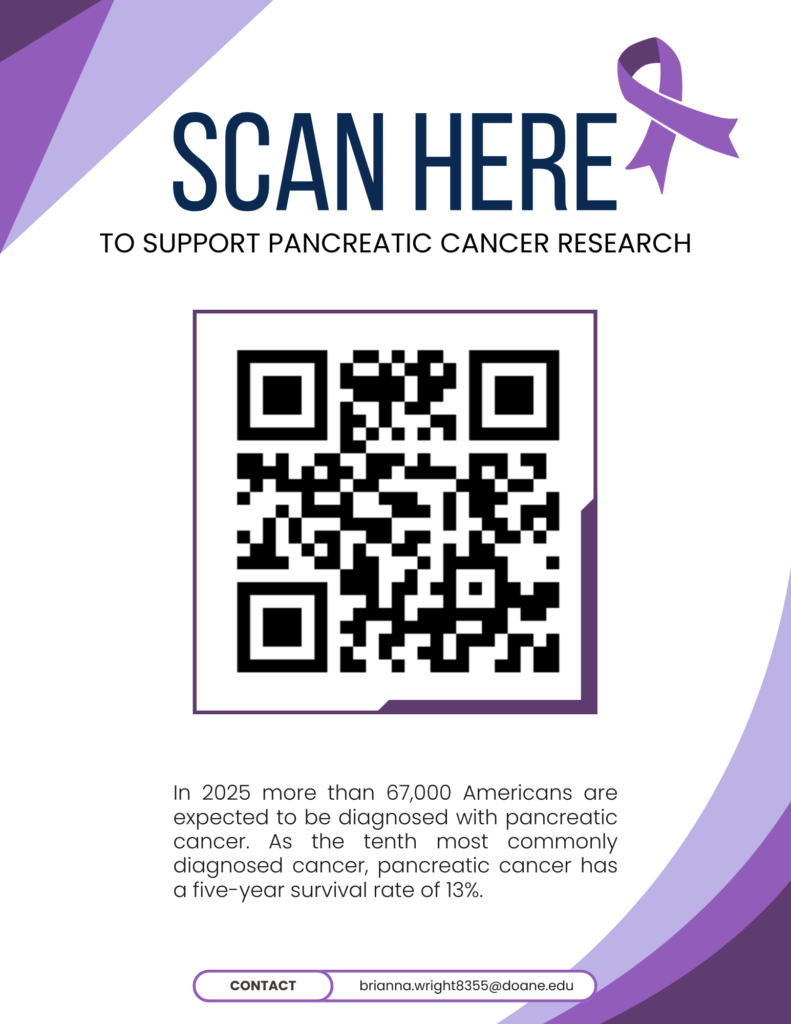When I was three years old, my dad passed away from pancreatic cancer, leaving behind my mother, four older brothers and me. Unfortunately, the tumor was detected too late, which is often the case with pancreatic cancer. The pancreas is located deep within the abdomen, making it difficult to spot or feel any tumors.
Identifying these tumors typically requires advanced imaging techniques such as computed tomography (CT) scans, magnetic resonance imaging (MRI) or endoscopic ultrasounds (EUS). As a result, many patients receive their diagnoses at an advanced stage when treatment options are limited. This was true for my dad.
Pancreatic cancer is the only major cancer that has a five-year survival rate of less than 20%. Over the past 20 years, increased research investments by Congress have improved survival rates from just 4%. However, the American Cancer Society recently announced that, for the first time in three years, the survival rate for pancreatic cancer has remained stagnant at 13%. Additionally, pancreatic cancer is projected to become the second leading cause of cancer-related death by 2030.
It is worth noting that 80% of funding for pancreatic cancer research comes from the federal government, according to the Pancreatic Action Network. Because of this reliance on federal funding and organizations, contacting members of Congress is one of the most effective ways to advocate for change. I have dedicated my time to this project, reaching out to Congress members and encouraging others to do the same.
Below, you will find a graphic with a QR code that directs you to a website I created. This site allows you to easily contact Congress members with minimal effort, helping to combat cancer.

